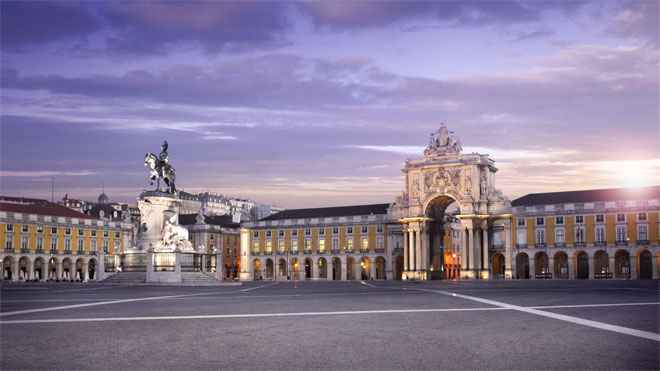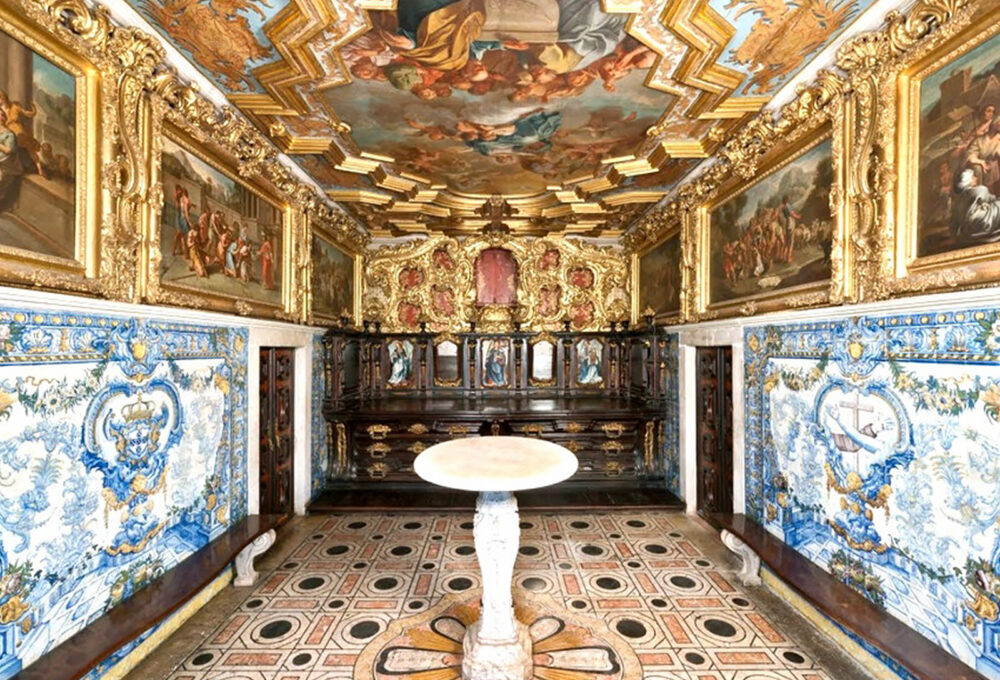Copyright © 2023 by EKKO TECHNOLOGIES INC. LIMITED
Lisbon
Lisbon: A Window into the History and Culture of Portugal
Lisbon, the capital of Portugal, is a city rich in history, culture and natural beauty. Located in the Lisbon Region, in the center-west of Portugal, the city has played a fundamental role in the history of the country and Europe over the centuries. This article explores some of the most notable aspects of the city of Lisbon, highlighting its history, culture, architecture and tourist attractions.
History
The history of Lisbon dates back to ancient times, with traces of human occupation dating back thousands of years. However, it was during the Roman period that the city began to gain importance. Founded as Olissipo by the Romans, it became a significant city in the Roman Empire, with its strategic port and vibrant trade.
Over the centuries, Lisbon passed through the hands of different rulers, including the Moors, who left a lasting influence on the city's architecture and culture. During the Middle Ages, Lisbon played an important role in the Age of Discovery, with explorers such as Vasco da Gama departing the city in search of new sea routes to the East.
However, one of the most striking events in Lisbon's history was the Great Earthquake of 1755, which devastated the city. This event led to the reconstruction of the city under the guidance of the Marquis of Pombal, resulting in the city we see today, with its distinctive Pombaline architecture.
Culture
Lisbon is a melting pot of cultures, and this diversity is evident in its music, dance, cuisine and festivals. Fado, a melancholic musical style that expresses the emotions of saudade, is a fundamental part of Lisbon culture. Venues known as "casas de fado" offer live performances of this emotionally charged genre.
Lisbon cuisine is a delicious mix of flavors from the sea and international influences. Dishes such as cod à brás and grilled sardines are icons of local gastronomy. Furthermore, pastéis de nata, small egg cream pies, are a famous dessert that you cannot miss when visiting Lisbon.
The city is also famous for its festivals. Saint Anthony, patron saint of Lisbon, is celebrated enthusiastically in June, with parades, popular marches and a festive atmosphere in the streets.
Architecture
Lisbon's architecture is a charming mix of styles that reflect its long history. Alfama's narrow streets display Moorish architecture, with buildings with white facades and terracotta roofs. Bairro Alto is known for its picturesque houses and winding alleys.
The Belém Tower and the Jerónimos Monastery are notable examples of Manueline architecture, an extravagant form of Gothic art that is characteristic of Portugal in the 16th century. Praça do Comércio, with its neoclassical architecture and location on the Tagus River, is another impressive architectural landmark.
Tourist attractions
Lisbon offers an abundance of tourist attractions for visitors to explore. In addition to the previously mentioned sites, Castelo de São Jorge, situated on top of a hill, offers stunning panoramic views of the city. Tram 28, a picturesque yellow tram, takes visitors on a scenic tour through Lisbon's historic neighborhoods.
The Lisbon Oceanarium is one of the largest indoor aquariums in the world and is home to an incredible variety of marine life. Museums, such as the National Museum of Ancient Art and the National Tile Museum, are cultural treasures that offer in-depth insights into Portugal's history and art.
In summary
Lisbon, in the Lisbon Region, is a city that captivates visitors with its rich history, vibrant culture, stunning architecture and diverse tourist attractions. As travelers explore the ancient streets, savor the local cuisine and absorb Lisbon's unique atmosphere, they are transported on a journey through the centuries, immersing themselves in the essence of Portugal. Lisbon is, without a doubt, a window into the country's history and culture, and a visit to this city is an enriching and unforgettable experience.

Explore the place
The City Maps
Trip Ideas
FEATURED ARTICLE
TimeOut Market
Mercado da Ribeira is a market for food and other products in Cais do Sodré, Lisbon. It has about 10 thousand square meters of covered area. Inaugurated on January 1, 1882, the market underwent successive renovations and expansions.

FEATURED ARTICLE
National Museum of Ancient Art
Created in 1884, inhabiting the Alvor Palace for almost 130 years and fulfilling more than a century of its current designation, the MNAA-National Museum of Ancient Art houses the most relevant Portuguese public collection, including painting, sculpture, goldsmithing and decorative arts, Europe, Africa and the East.

FEATURED ARTICLE
The National Tile Museum
The National Tile Museum, in Lisbon, is one of the most important museums in Portugal, due to its unique collection, dedicated to tiles, an artistic expression that differentiates Portuguese culture, and the unique building in which it is housed, the former Convento da Madre de Deus, founded in 1509 by Queen D. Leonor.



